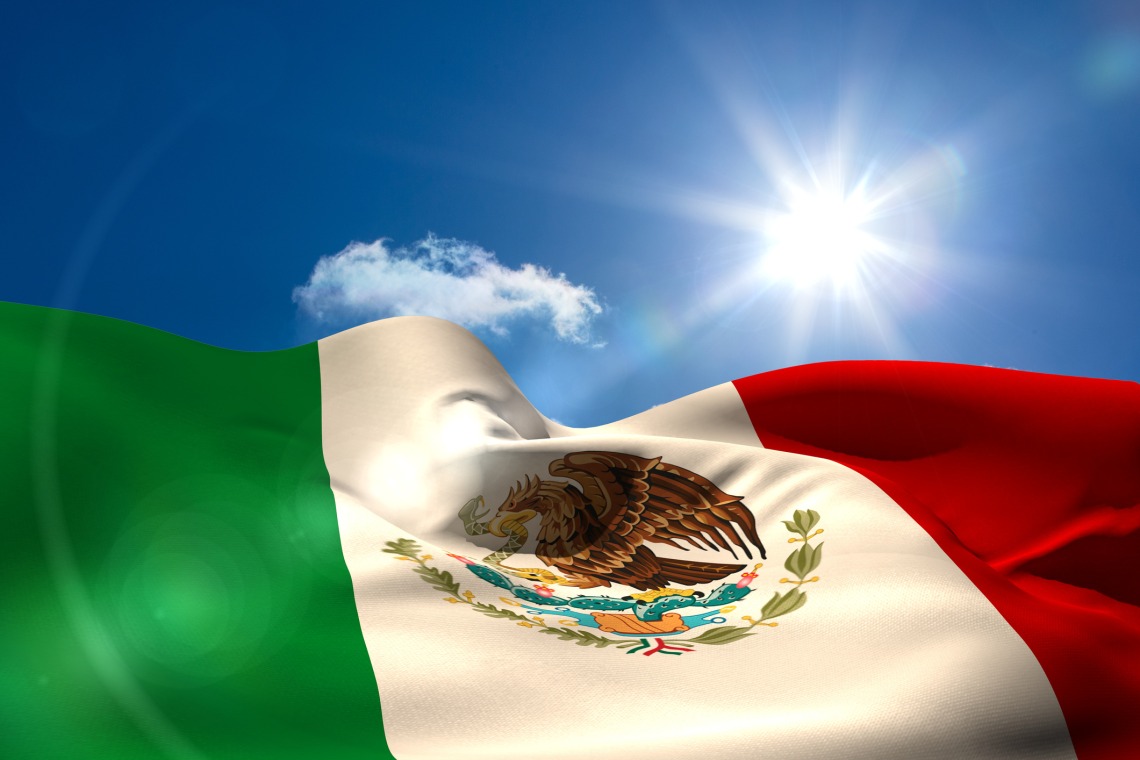A Progressive Accord: UA Scholars Recognize 100th Anniversary of the Mexican Constitution

The current Mexican Constitution, commonly known as the Constitution of 1917, was born from revolution— the product of a decade-long conflict that abolished dictatorship and incited dramatic societal change in Mexico.
A trailblazer of its time, the Constitution was the most socially-advanced statement in the world on the rights of workers, the separation of church and state, and land reform, according to Dr. William Beezley, Professor of History at the University of Arizona (UA).
Now, as the accord nears its 100-year milestone, UA scholars and partners are weighing the historical significance of the document, as they plan to discuss how the Constitution will weather a shifting political and social climate.
Dr. Beezley, a prominent scholar of Mexican History, will host the first lecture in a commemorative series for the centennial of the Constitution of 1917, entitled, “Mexico & The United States: A Shared Past, Present, and Future.”
The series is an effort to advance the understanding of Mexican culture by the Center for Latin American Studies at the UA College of Social and Behavioral Sciences, with support from the Tucson branch of the National Autonomous University of Mexico (UNAM-Tucson) and the UA Office of Global Initiatives (OGI).
A Product of Revolution
The Mexican Revolution, which began in 1910, served as the direct catalyst for the Constitution, as it placed into law many of the social and political changes for which the revolutionaries fought.
Between 1914 and 1915, divergent revolutionary forces led by legendary figures such as Pancho Villa and Emiliano Zapata demanded social reforms and distanced themselves from Venustiano Carranza, the first chief of the revolution.
A sign of the rift, Carranza faced immense challenges as he sought to reform the old Constitution of 1857 using a conservative approach to the revolutionary agenda. In late 1916, Carranza called for a convention to simply modernize the accord, but delegates produced a sweeping document with socially progressive overtones that was issued on February 5, 1917.
Labor Reform and Equal Rights
A testament to the progressive nature of the Constitution, rights of workers were not placed into law in the United States until the New Deal of the 1930s. The Constitution of 1917 created a minimum wage, the right to strike and form unions, and an eight-hour workday.
It also established individual rights, prohibiting the government from infringing upon the liberties of any person. Everyone was deemed equal, regardless of social stature.
As Dr. Luis E. Coronado Guel, a Research Associate at the UA’s SBS Mexico Initiative, pointed out, the Bolsheviks were inspired in part by Emiliano Zapata’s vision for land reform, with their own revolution taking place in the months after the Constitution of 1917 was ratified.
A Division of Land
Land reform measures sought to divide large estates into smaller land holdings in Mexico, although the actual process of distributing land didn’t commence systematically until some years after the Constitution was approved.
These changes eventually gave way to the Ejido system, in which property was devoted to a peasant for as long as they toiled the land. According to Dr. Guel, this system remained in place for more than 70 years.
As Dr. Beezley stated, “in the U.S. Constitution, property ownership is a right; in the Mexican Constitution, property ownership is a social responsibility.”
Separation of Church and State
The Constitution of 1917 incited cultural secularization in Mexico, proclaiming the Catholic Church was under control of the government and had no legal personality. Clergy members were banned from running for office or even speaking about political matters in church.
Legal enforcement of these regulations was loosened after the Cristero Rebellion in the late 1920s when the Catholic Church and Mexican Government agreed to ease the religious stipulations set forth in the Constitution.
Further reforms came in 1994 when the Mexican Government restored some rights to churches, such as the authority to own and operate schools.
Political Change
Upon its inception, the Constitution of 1917 established a four-year term limit for the presidency— a carefully orchestrated reaction to the longstanding dictatorship of Porfirio Díaz, the main impetus of the revolution.
The term limit would later be extended. Dr. Beezley points to this as one of the main points of difference between the American and Mexican Constitutions.
“The Mexican Constitution now provides for the direct election, after a limited campaign period, of the president for one six-year term,” said Dr. Beezley— a contrast to two, four-years terms in the United States.
Looking to the Future
While the Constitution paved the way for dramatic change, challenges remain in aligning the document with the current social and political atmosphere in Mexico.
“The Constitution calls for both a nation governed by the rule of law through transparency and without corruption,” said Dr. Beezley. “These goals have not been completely achieved.”
The lecture series seeks to explore these challenges, while also examining the relationship between the United States and Mexico in both historical and modern contexts.
“Mexico and the United States have maintained a special relationship for 100 years based on shared commitment to democracy, environmental resources, trade, arts, as well as family and friendship networks,” said Dr. Scott Whiteford, Professor at the Center for Latin American Studies and Director of the SBS Mexico Initiative at the UA.
“Inherent to this relationship is the responsibly of all of us to learn more about the ties that binds us together and the opportunities created by cooperation.”
Mexico & The United States: A Shared Past, Present, and Future
A Commemorative Lecture Series for the Centennial of Mexico's Constitution of 1917
The first lecture, entitled, "The Constitution of 1917: 100 Years Making Mexico's Political, Social, and Economic Goals into Law" features Dr. William Beezley, on February 10th at 2:00p.m. at the Science and Engineering Library, Room 311, 744 N. Highland Avenue. For more information or to register, please contact Dr. Jesús Arnoldo Bautista Corral, Coordinator of Public Affairs and Management, UNAM-Tucson, at (520) 626 8694 or abautista@email.arizona.edu.

